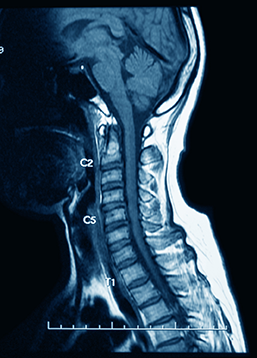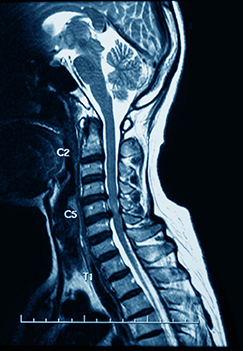Understanding Radiology Contrast Material: What you need to know.
If you are having an imaging study done and it includes radiology contrast dye (also called contrast medium, or contrast agent) you may have some questions about what it is and what it will do for you. We have answered some of our most Frequently Asked Questions here.
What Contrast can do for you
Contrast is used to temporarily highlight or add “contrast” to images. It helps create a clear difference between organs, tissues. bones or blood vessels. It does not actually change anything in your body, just the way the scan sees things. By improving the clarity of the images, physicians can make more accurate diagnosis.
How is Radiology Contrast Material Administered?
Depending on which type of Imaging study you are having done it may be injected, taken orally or as an enema (barium)
Click and Drag the arrow


Knowledge is Power
How does Contrast work?
While different types of studies use a different material, the idea is the same. The Radiology Contrast liquid is one that will interfere with how the imaging equipment takes your images. For example, the contrast used in X-ray or CT is a liquid that will block or limit radiation in certain parts of your body. The tissues that absorb the contrast dye will appear differently on your images. Similarly, contrast dyes that are used in MRI or ultrasound exam (which are magnetic-powered machines), will interfere with the way magnetic fields interact with the parts of your body that contain it. Creating areas of brighter brights, and more defined edges on the resulting image.
Is Contrast Safe to use?
While the information images with Radiology Contrast can provide can be truly lifesaving, there have been rare cases of people who have an allergic reaction to it. These reactions range from mild to severe, however they are very uncommon. It is very important that your Radiologist is aware of any allergies, recent illnesses, or medications so that they can take every precaution necessary. Your health is always our number 1 focus.

